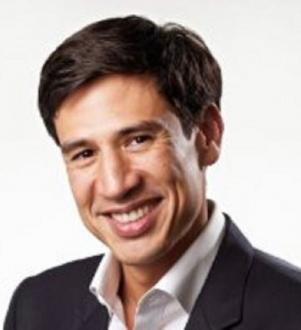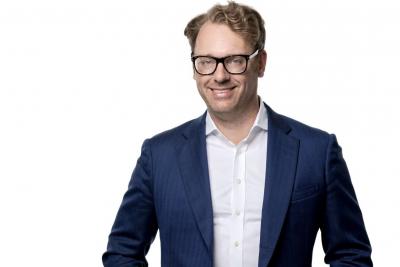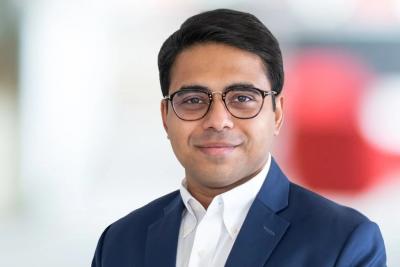WEALTH TALK SUMMARY - Natural capital, blockchain as the future of wealth management

Jun 20, 2017
Speaking at Hubbis’ Digital Wealth event in Singapore in June – Alan Laubsch of Swiss fintech firm Lykke looks at investing in the world’s most promising asset class and the impact on diversification and portfolio risk mitigation.
Lykke is on course to offer one of the world’s first regulated marketplaces built on cryptographic technology. And, according to its director of natural capital markets, Alan Laubsch, the ether cash is going get a helping hand from Mother Nature.
He explains that Lykke’s business model is very simple; it wants to rewire the world’s entire financial system, while also launching products to help save the environment. The current financial system is overly complex and inefficient, imposing unnecessary friction on every economy.
Laubsch says blockchain holds the key to rewiring finance. Simply put, blockchain is a global internet-based notary service. It is next generation of the internet, powered by resilient peer-to-peer networks that build trust without any central counterparties. Think internet in 1995, says Laubsch. There are currently 20 million blockchain wallets, doubling every year. At this pace of growth there could be 10 billion wallets within nine years and over USD100 trillion of blockchain assets within 10 years. The internet of value is far greater than the internet of information.
Lykke Wallet adoption is growing at 30% a month, explains Laubsch, delighting users with the ability to buy and sell any digital asset, 24/7, without transaction fees. Lykke is democratising Natural Capital investment with TREE, a digital token backed by mangrove trees and carbon credit rights shared with local communities. 10% of funds raised serve as a liquidity buffer, stabilising price fluctuations.
Natural capital is an emerging asset class with great upside potential, while providing diversification benefits and protecting nature.
Wish escalating climate risk, regulators must no longer delay to price carbon emissions. Just 1% of average consumption would pay for all externalities including carbon, explains Laubsch. Investors who buy underpriced natural capital can generate superior long-term returns by protecting planet earth. “Lykke allows us to take the lead in pricing natural capital, leading policymakers.”

Director, Natural Capital Markets at Lykke
More from Alan Laubsch, Lykke
Latest Articles






